How to Select the Right PDC Blanks for Optimal Drill Bit Performance
Table of Contents
- Identifying the Key Factors in PDC Blank Selection for Drill Bits
- Understanding the Different Grades of PDC Blanks and Their Applications
- Evaluating Drill Bit Performance Requirements Based on Geological Conditions
- Comparing Cost-Effectiveness of Various PDC Blank Options
- Analyzing Supplier Reliability and Material Quality for PDC Blanks
- Best Practices for Testing and Quality Assurance of PDC Blanks
- FAQS
- Conclusion
- Related Posts
Picking the right PDC blank for your drill bit really makes a big difference when it comes to getting good drilling results and keeping things running smoothly. I was reading a recent industry report from MarketsandMarkets, and it said that the global drill bit market is expected to hit around $5.2 billion by 2025. That’s mainly because of the rising demand in sectors like oil and gas, mining, and construction.
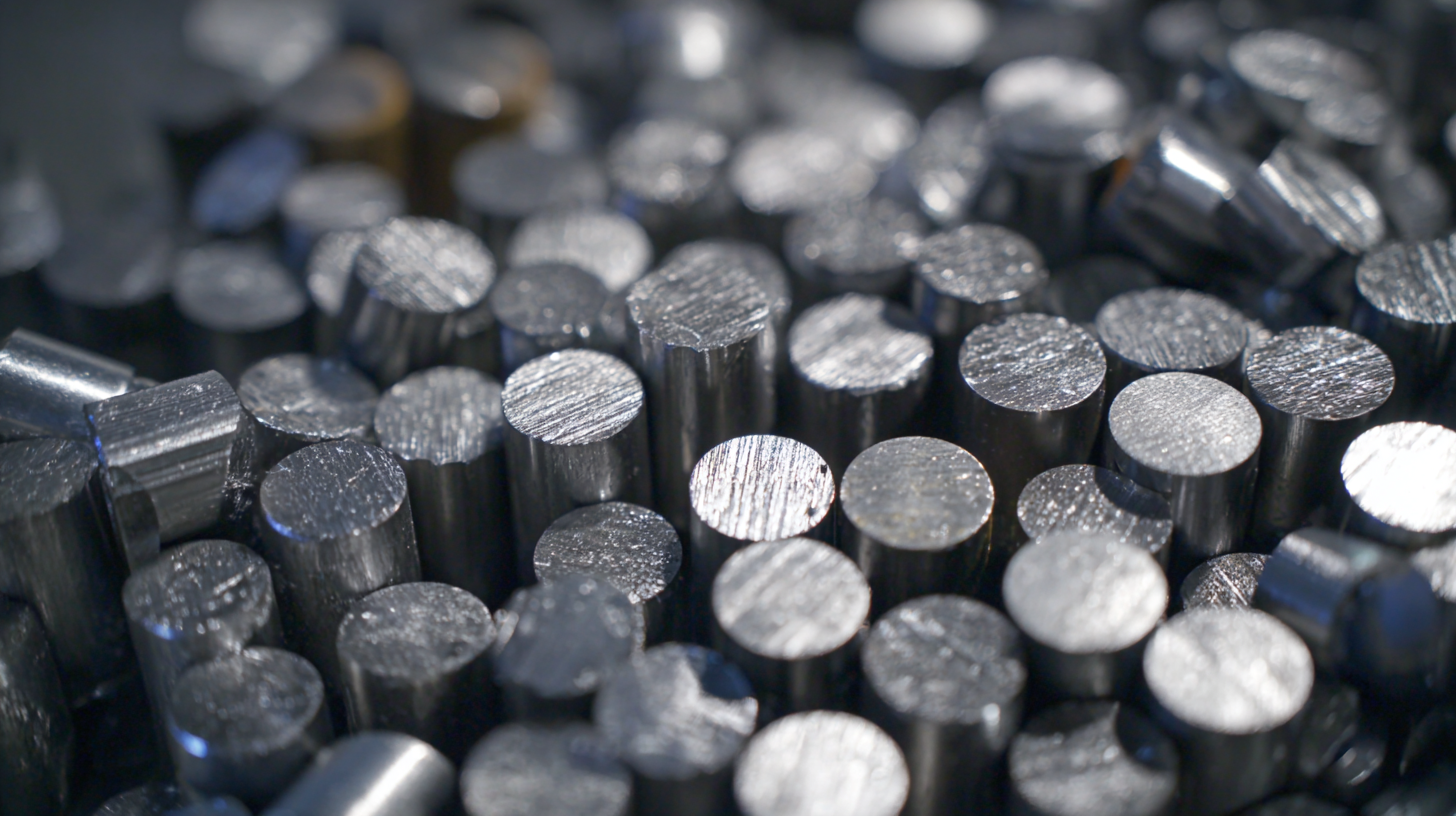 At Jinan Terry CNC Tool Limited, they’re well-known as a top exporter of CNC cutting tools in China, and they really get how important top-quality PDC blanks are if you want your drilling to be as effective as possible. Choosing the right one isn’t just a matter of picking something off the shelf, though. You need to carefully consider things like the type of formations you're working with and what your specific operational needs are.
When you get the right PDC blank for your drill bit design, it can seriously boost your performance, cut down on downtime, and give you a better bang for your buck overall.
At Jinan Terry CNC Tool Limited, they’re well-known as a top exporter of CNC cutting tools in China, and they really get how important top-quality PDC blanks are if you want your drilling to be as effective as possible. Choosing the right one isn’t just a matter of picking something off the shelf, though. You need to carefully consider things like the type of formations you're working with and what your specific operational needs are.
When you get the right PDC blank for your drill bit design, it can seriously boost your performance, cut down on downtime, and give you a better bang for your buck overall.
Identifying the Key Factors in PDC Blank Selection for Drill Bits
When you're picking out the right PDC blanks for the best drill bit performance, it’s pretty important to get a good grasp of what really influences how well they work. The shape of the PDC bit — stuff like its profile and hydraulic setup — makes a big difference, especially when it comes to avoiding problems like balling. For example, a parabolic profile combined with a bladed hydraulic design has been shown to cut down on balling issues when drilling through reactive shales. That translates into smoother operation, quicker drilling, and of course, a longer-lasting bit.
On top of that, you’ve got to pay attention to things like the size and arrangement of the diamond particles in the blanks. These details actually play a pretty big role in how well the drill performs overall. It’s a good idea to think about these factors alongside the specific geological conditions you'll encounter in the field. When you take the time to carefully consider all these aspects when choosing your PDC blanks, you can really boost your drill bit’s performance, which means better efficiency and more productive drilling overall.
How to Select the Right PDC Blanks for Optimal Drill Bit Performance
| PDC Blank Type | Diamond Content (%) | Thermal Stability (°C) | Impact Resistance | Recommended Applications |
|---|---|---|---|---|
| Standard PDC | 80 | 800 | Moderate | Conventional Drilling |
| High Performance PDC | 90 | 1000 | High | Hard Rock Applications |
| Polycrystalline Diamond Compact (PDC) | 85 | 950 | High | Oil & Gas Exploration |
| Thermal Stable PDC | 75 | 1200 | Very High | Extreme Depth Drilling |
| Low Profile PDC | 70 | 750 | Low | Soft Formations |
Understanding the Different Grades of PDC Blanks and Their Applications
When you're trying to pick the right PDC (polycrystalline diamond compact) blanks for your drill bit, it’s pretty important to understand the different grades out there. PDC blanks are rated based on things like hardness, how well they handle heat, and toughness—all big factors that affect how they perform in different drilling jobs. Generally, higher-grade PDC blanks have more diamond content and sometimes special coatings. These are built for tougher conditions—think deep wells or really abrasive rock. They tend to be more durable and keep sharper edges longer, which means faster drilling and better results.
On the flip side, lower-grade PDC blanks can work just fine for easier environments, like softer rocks. They’re usually cheaper too, but they might not hold up so well in the harsh conditions. Knowing what your project needs—like the kind of geology at your site and the operational details—helps a lot when choosing which grade of PDC blank to go with. If you match the properties of the blank to your drilling conditions, you’ll get better performance and your bits will last longer, which translates to more efficient and cost-effective drilling overall.
Performance Comparison of Different PDC Blank Grades
Evaluating Drill Bit Performance Requirements Based on Geological Conditions
Picking the right Polycrystalline Diamond (PDC) blanks is a pretty big deal when it comes to making sure your drill bits perform well, especially since the geological conditions at your drilling site can really change the game. Did you know that the global drill bit market for oil and gas is expected to grow from around $4.52 billion in 2025 to about $7.05 billion by 2032? That’s a solid growth rate of roughly 6.55% annually. With numbers like that, it’s pretty clear that industry folks need to stay in the know about how the rocks and formations underground really impact drill bit design and durability. Things like rock hardness, the type of formation, and how fluids move around all play a big role in how quickly your bits wear out, so choosing PDC blanks designed specifically for those conditions is super important.
To really boost drilling efficiency, a lot of companies are turning to new tech—things like machine learning and optimization algorithms. These innovations have proven to help reduce vibrations in the drill string, which can mess up performance if you’re not careful. Plus, with modern high-frequency measurement tools, operators can actually get a much better handle on what's happening down there, compared to older, more basic instruments. That way, they can tweak their settings on the fly, making the whole process smoother and more efficient.
Some tips if you're in the game:
- Take a good look at the geological conditions before you pick your PDC blanks—this makes a huge difference in how long they last.
- Use AI-powered tools to crunch your drilling data. It’s like having a smart assistant helping you make better decisions.
- Keep a close eye on drillstring dynamics with the newest measurement tech, so you can catch issues early before they turn into big problems or tool failures.
Comparing Cost-Effectiveness of Various PDC Blank Options
When you're choosing PDC (Polycrystalline Diamond Compact) blanks for drill bits, it really pays to think about cost versus performance — because, let's be honest, nobody wants to overspend, but cutting corners can cost much more in the long run. I came across a report from MarketsandMarkets that says the PDC drill bit market is expected to hit around $2.56 billion by 2025. That just shows how much demand there is for more efficient drilling options. So, understanding the different types of PDC blanks out there isn’t just nerdy trivia — it can seriously affect your budget and how well your drilling goes.
Now, there are various grades and compositions of PDC blanks, and they come at different price points. The standard ones usually cost between $50 and $200 each, which is pretty reasonable. But if you're after something with more oomph, high-performance blanks can easily cost over $1,000. That might sound steep, but, honestly, investing in top-quality blanks often pays off with better wear resistance and less downtime. A study from the Society of Petroleum Engineers even found that using premium PDC cutters can boost drilling speeds by up to 30%. That kind of speed boost doesn’t just get things done faster — it also slashes overall costs over time.
Of course, when it comes to making the right choice, you gotta consider the specific geology you're working with. According to the American Rock Mechanics Association, picking the right type of PDC blank suited to your rock formations can bump up your operational efficiency by about 20%. At the end of the day, it’s not just about the sticker price — it’s about finding that sweet spot that delivers great performance while keeping long-term costs in check.
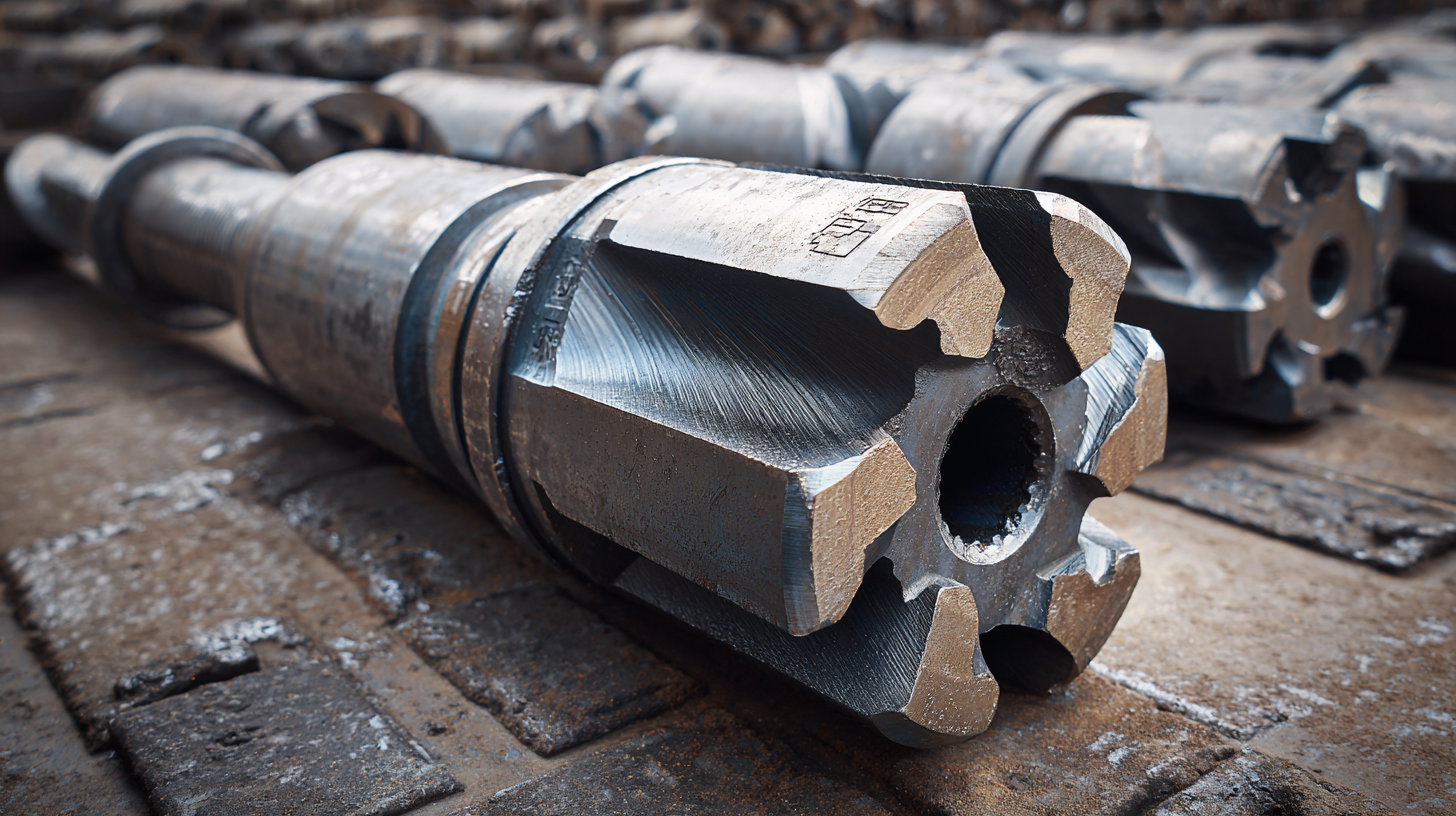
Analyzing Supplier Reliability and Material Quality for PDC Blanks
Picking the right PDC blanks is a really important step if you want your drill bits to perform well, especially with market demands constantly shifting and quality standards varying a lot. The reliability of your supplier makes a big difference here, since it directly affects the quality and consistency of the materials you're using. Industry reports have shown that almost 75% of drill bit failures can be traced back to poor-quality materials, which really drives home how crucial it is to source high-quality PDC blanks from reputable suppliers. At Jinan Terry CNC Tool Limited Company, we get this—we focus on providing dependable CNC cutting tools that meet strict industry standards to keep your drilling operations running smoothly.
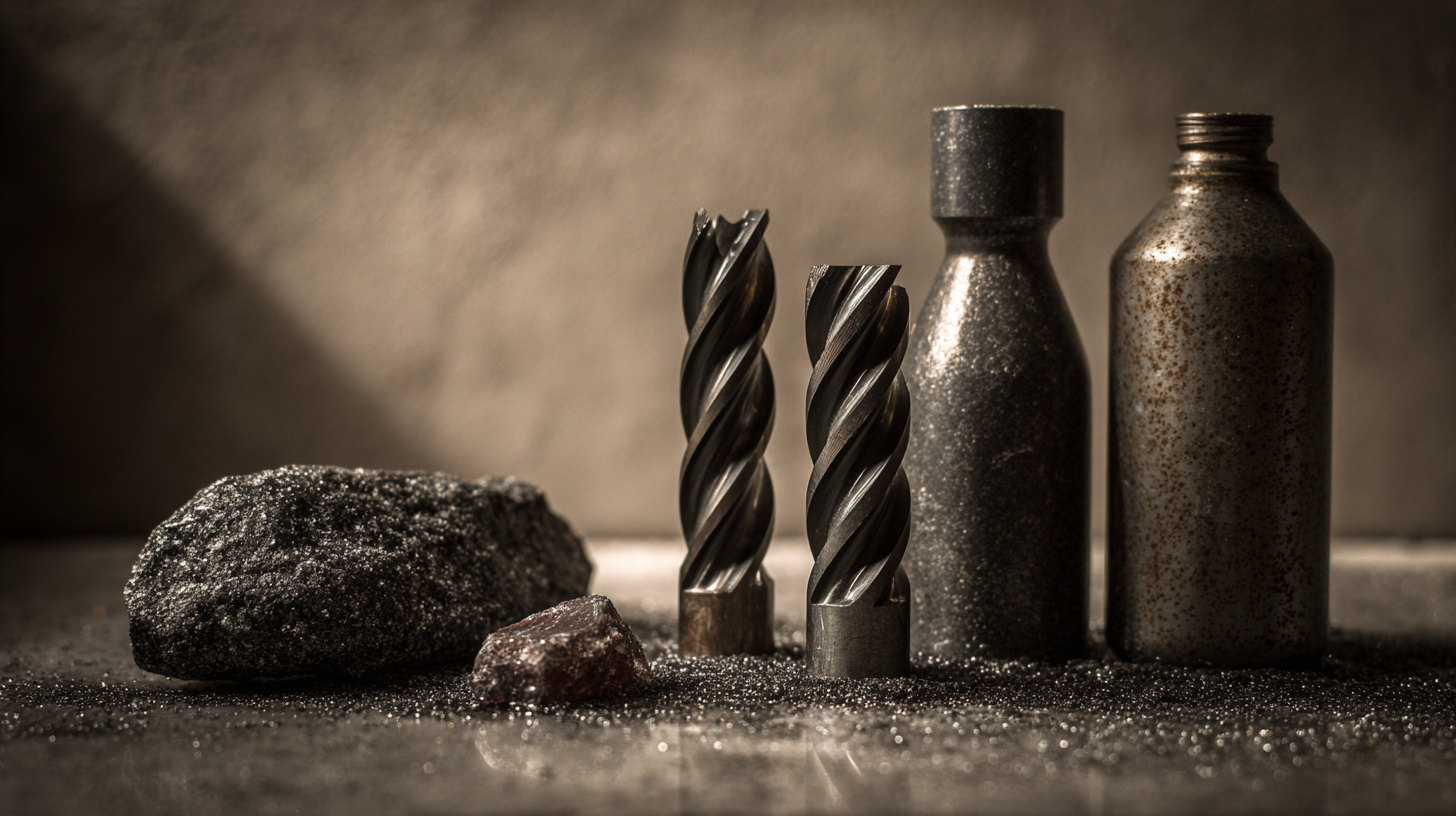
Of course, beyond just choosing good suppliers, sticking to the technical standards is key to making sure those PDC blanks perform well. Recently, feedback from power utilities has highlighted just how important it is to keep a close eye on industry standards. Following these guidelines not only boosts the performance of your tools but also helps prevent inefficiencies and costly failures down the line. Given how complex drilling has become nowadays, companies really need to prioritize the quality of their PDC blanks if they want to stay competitive. By paying attention to industry insights and building strong supplier relationships, firms can improve their drilling efficiency and overall productivity—simple as that.
Best Practices for Testing and Quality Assurance of PDC Blanks
When choosing PDC (Polycrystalline Diamond Compact) blanks for making drill bits, thorough testing and quality checks are absolutely key to making sure they perform well, especially in those really tough drilling environments. I read a report by the Society of Petroleum Engineers that stresses how important it is to carefully assess the wear resistance and thermal stability of these blanks. Regular tests using standard methods like the ASTM G65 abrasion test give us solid, measurable data on how tough the material really is under harsh conditions. Doing this kind of testing helps manufacturers get a better idea of how long their drill bits will last and how efficient they are.
Plus, making sure the dimensions are spot-on and analyzing the microstructure are just as important for quality assurance. A recent study I came across pointed out that even small differences in the size of the PDC blanks can cause big changes in how well the drill bit performs — like affecting how quickly it drills through and how much it costs to run. Using advanced imaging techniques like scanning electron microscopy allows for a close-up look at the microstructure, so manufacturers can pick materials that are consistently reliable. Sticking to these best practices when it comes to testing and quality control really helps companies improve their drill bits’ efficiency, which means better productivity during drilling projects.
FAQS
: The key factors include the geometry of the PDC bit, the size and arrangement of diamond particles, and the specific geological conditions of the drilling environment. A parabolic profile and bladed hydraulic design can enhance performance and minimize issues like balling.
Geological conditions such as rock hardness, formation type, and fluid dynamics significantly affect wear and tear on drill bits. A tailored approach to selecting PDC blanks that can withstand these specific challenges is crucial for optimal performance.
Advanced technologies like machine learning and optimization algorithms can enhance performance by mitigating drill-string vibrations and providing real-time insights into drillstring dynamics, allowing for adjustments in operational parameters.
Cost-effectiveness is crucial as different grades and compositions of PDC blanks vary in price and performance. While standard options are cheaper, investing in higher-quality blanks can reduce downtime and enhance wear resistance, leading to long-term cost savings.
Standard PDC blanks typically range from $50 to $200 each, whereas specialized high-performance options can exceed $1,000 per blank, depending on the requirements of the drilling operation.
Using PDC blanks tailored to specific geological conditions can result in a significant increase in operational efficiency, potentially yielding a 20% improvement in drilling effectiveness.
Premium PDC cutters can improve drilling rates by up to 30%, enhancing productivity and reducing overall costs associated with drilling operations.
Operators should regularly monitor drillstring dynamics using advanced measurement technologies to identify and address issues proactively, ensuring better operational continuity and performance.
Understanding this interplay helps stakeholders make informed decisions about PDC blank selection, ensuring that the drill bits are optimally designed to tackle the specific challenges posed by the drilling site.
The global PDC drill bit market is projected to grow from $4.52 billion in 2025 to $7.05 billion by 2032, indicating a rising demand for efficient drilling solutions influenced by various technological and geological factors.
Conclusion
Choosing the right PDC blank for your drill bit isn’t just a small detail — it’s actually a big deal if you want to get the best results out in the field. You’ve gotta understand the different grades of PDC blanks and what they’re best used for because, let’s be honest, different geological conditions call for different performance traits. Taking the time to match your drill bit’s needs with the right PDC blank can really make a difference in how well everything works.
And hey, it’s not just about performance — you also want to keep an eye on cost. Comparing prices across options is pretty important, especially if you’re working within a budget. Plus, the reliability of your supplier and the quality of the materials they provide are super important for making sure your drill bits last longer and perform efficiently. Following good practices for testing and quality checks on PDC blanks can help keep things consistent, so your operations run smoother.
If you’re wondering where to get quality PDC blanks that fit your specific needs, Jinan Terry CNC Tool Limited Company in China is a solid partner. They’re experienced in exporting top-notch CNC cutting tools, and they can help you find the right blanks for your drill bits without all the fuss.
Related Posts
-

How to Choose the Best High Qualiti Insert for Your Project
-
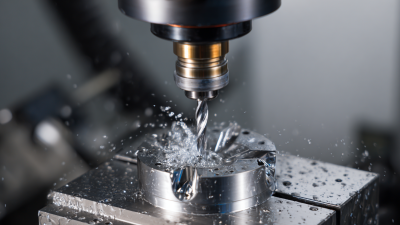
7 Best Tips to Maximize the Efficiency of Carbide Tool Inserts
-
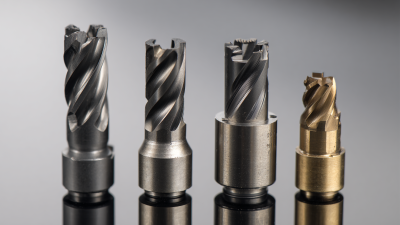
Ultimate Guide to Choosing the Right Carbide Cutting Inserts for Your Projects
-
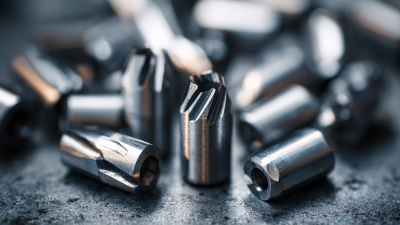
How to Choose the Best Carbide Insert for Aluminum Machining
-
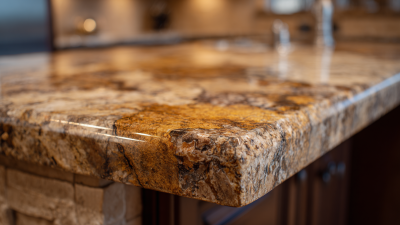
7 Unique Features of Stone Cutting Inserts You Should Know
-
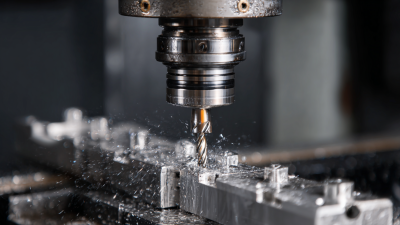
How to Select the Best Cnc Indexable Carbide Inserts Wnmg for Your Machining Needs
Blog Tags:

Ethan
-

Phone
-

E-mail
-

Skype
